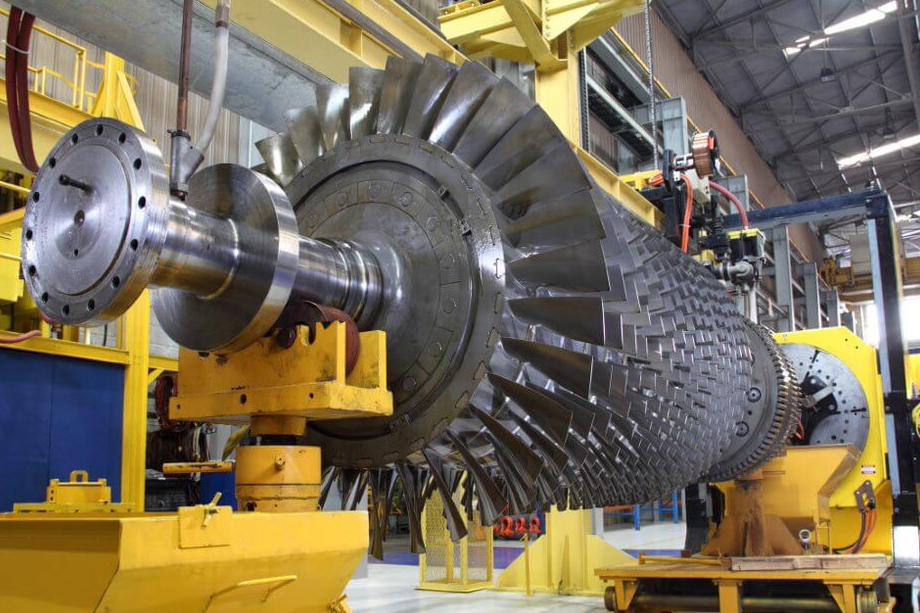What are the most common 3D printing technologies for custom parts manufacturing?
What Are the Most Common 3D Printing Technologies for Custom Parts Manufacturing?
Powder Bed Fusion (PBF)
Powder Bed Fusion is one of the most widely used technologies for high-performance metal and polymer custom parts. Techniques such as Selective Laser Melting (SLM) and Direct Metal Laser Sintering (DMLS) create fully dense, near-net-shape metal components ideal for aerospace, energy, and medical applications. This process supports complex internal geometries and is compatible with materials like Inconel 718, Ti-6Al-4V, and stainless steels.
Fused Deposition Modeling (FDM)
Fused Deposition Modeling (FDM) is a cost-effective extrusion-based process for prototyping and functional plastic parts. It uses thermoplastics such as PLA, ABS, and PETG. Ideal for low-cost custom fixtures, housings, and end-use parts, FDM supports fast turnaround and is widely adopted in consumer, education, and automotive sectors.
Vat Photopolymerization (SLA, DLP, CLIP)
Technologies such as SLA, DLP, and CLIP offer exceptional resolution and surface quality, making them ideal for custom parts in the medical, dental, and consumer electronics sectors. These processes use photopolymer resins to produce accurate, smooth parts with fine details and thin walls.
Multi-Material Jetting (PolyJet, MMJ)
Multi-Material Jetting (MMJ) and PolyJet print parts by depositing and curing droplets of photopolymer. They support multi-material builds with varying shore hardness and color in a single print, making them ideal for functional prototypes, medical models, and overmolded components. The ability to combine soft and rigid materials in one build streamlines assembly and testing.
Binder Jetting
Binder Jetting builds parts by selectively depositing a binder onto a powder bed, typically using metal, sand, or ceramic materials. After printing, parts are sintered or infiltrated to reach full strength. Binder jetting is used for cost-effective batch production of custom metal and ceramic parts, often in energy or tooling applications.
Ceramic 3D Printing
Ceramic 3D Printing is essential for high-temperature and chemically resistant custom components. Common materials include zirconia, alumina, and silicon nitride, used in applications such as aerospace heat shields, medical implants, and electronics insulation.
Recommended Services for Custom Manufacturing
Neway supports all major 3D printing technologies tailored for custom parts:
Superalloy 3D Printing: For high-temperature, fatigue-resistant parts
Titanium 3D Printing: For lightweight structural and biomedical parts
Ceramic 3D Printing: For thermal, chemical, and wear-resistant components
Plastic 3D Printing: For affordable prototypes and short-run production
Resin 3D Printing: For high-resolution dental, consumer, and medical parts



